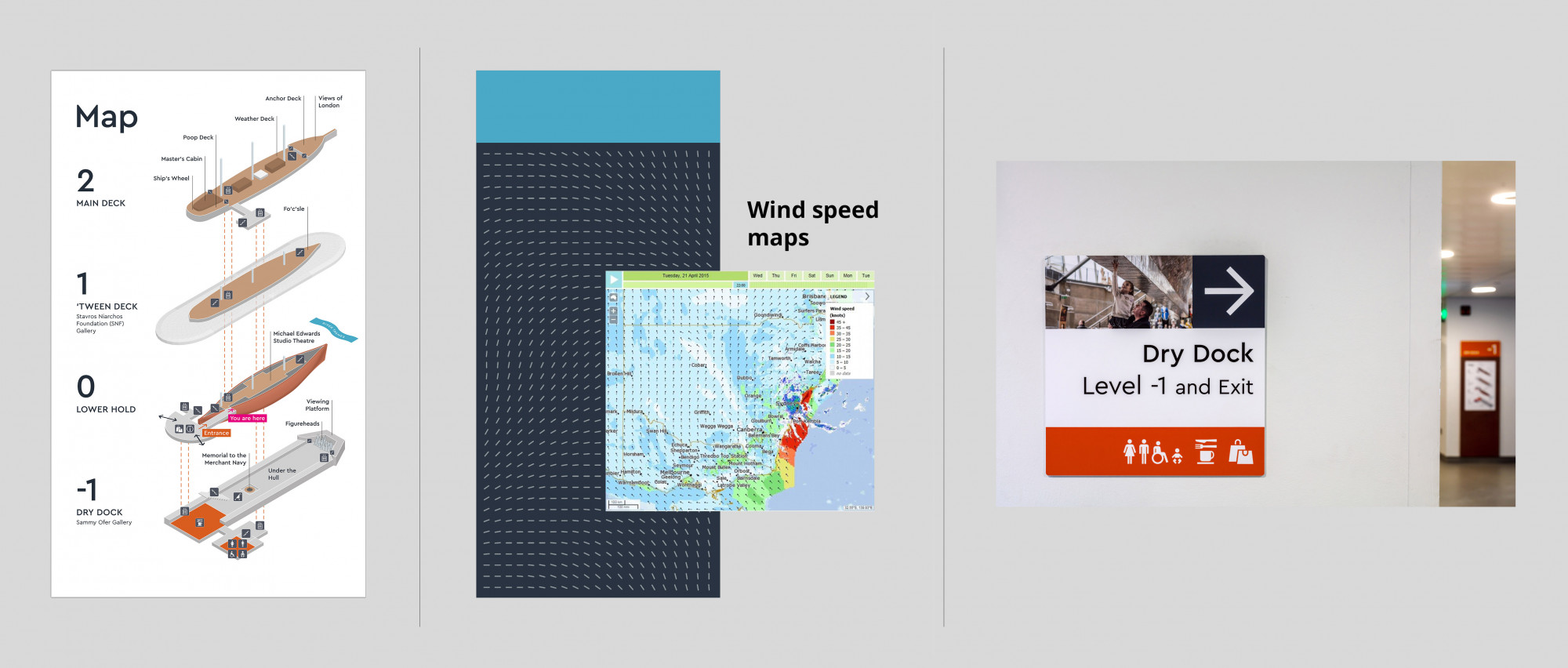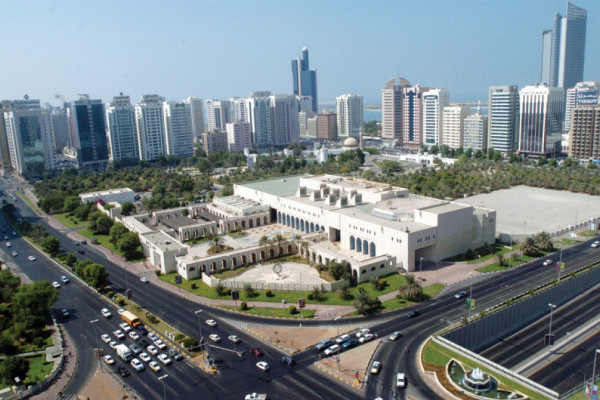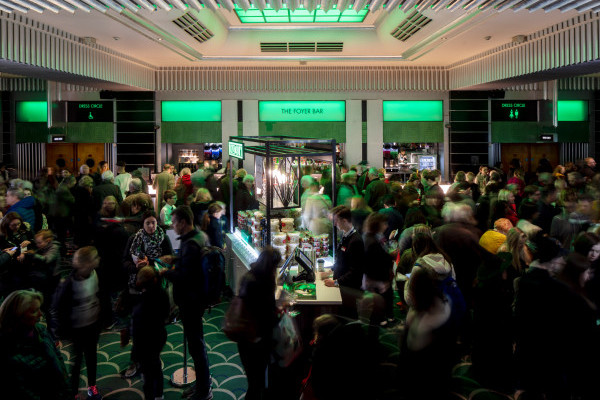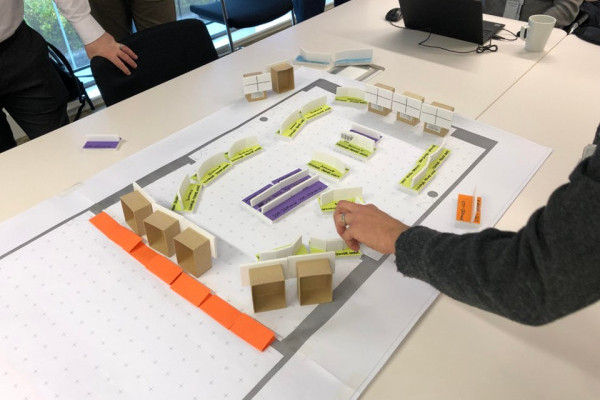
Royal Museums Greenwich
A unique wayfinding strategy and design for the iconic Cutty Sark
The Cutty Sark is an iconic ship. First sailed in the 1870’s, the ship incredibly still retains around 90% of the original hull fabric with which it first launched. Following a successful, award-winning project with Royal Museums Greenwich at the National Maritime Museum, Mima were asked to design a new wayfinding scheme for the Cutty Sark. The design of the wayfinding needed to be unique to Cutty Sark whilst reflecting the Royal Museums’ Greenwich brand.

Our Task
The visitor experience at Cutty Sark is centred around the ship; it is the hero of the experience and also works as a navigation aid. The ship itself is considered an object and part of the collection, which presented unique challenges. The wayfinding both needed to highlight and utilise the Cutty Sark’s features without physically touching the ship.
Our Solution
During our visitor research we discovered that the route around the ship wasn’t immediately obvious. Keeping visitors on the right route around, up and down the levels was made clear with strategically positioned simple directional signs without our bespoke pattern design that was similar in style to the pattern used at NMM, yet unique to Cutty Sark. Special care was given to provide a solution that was easy to use yet sympathetic to the ship and its architecture.



